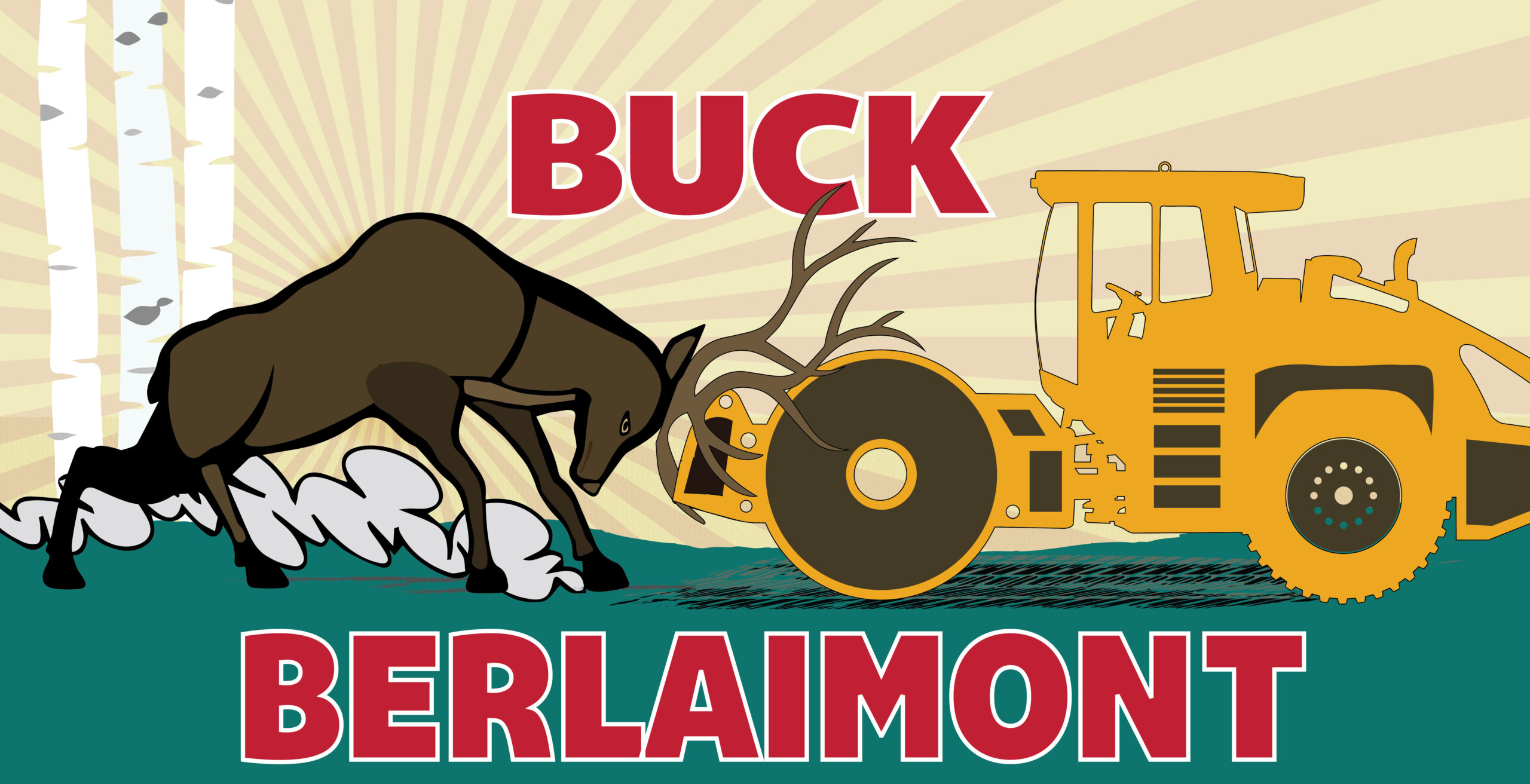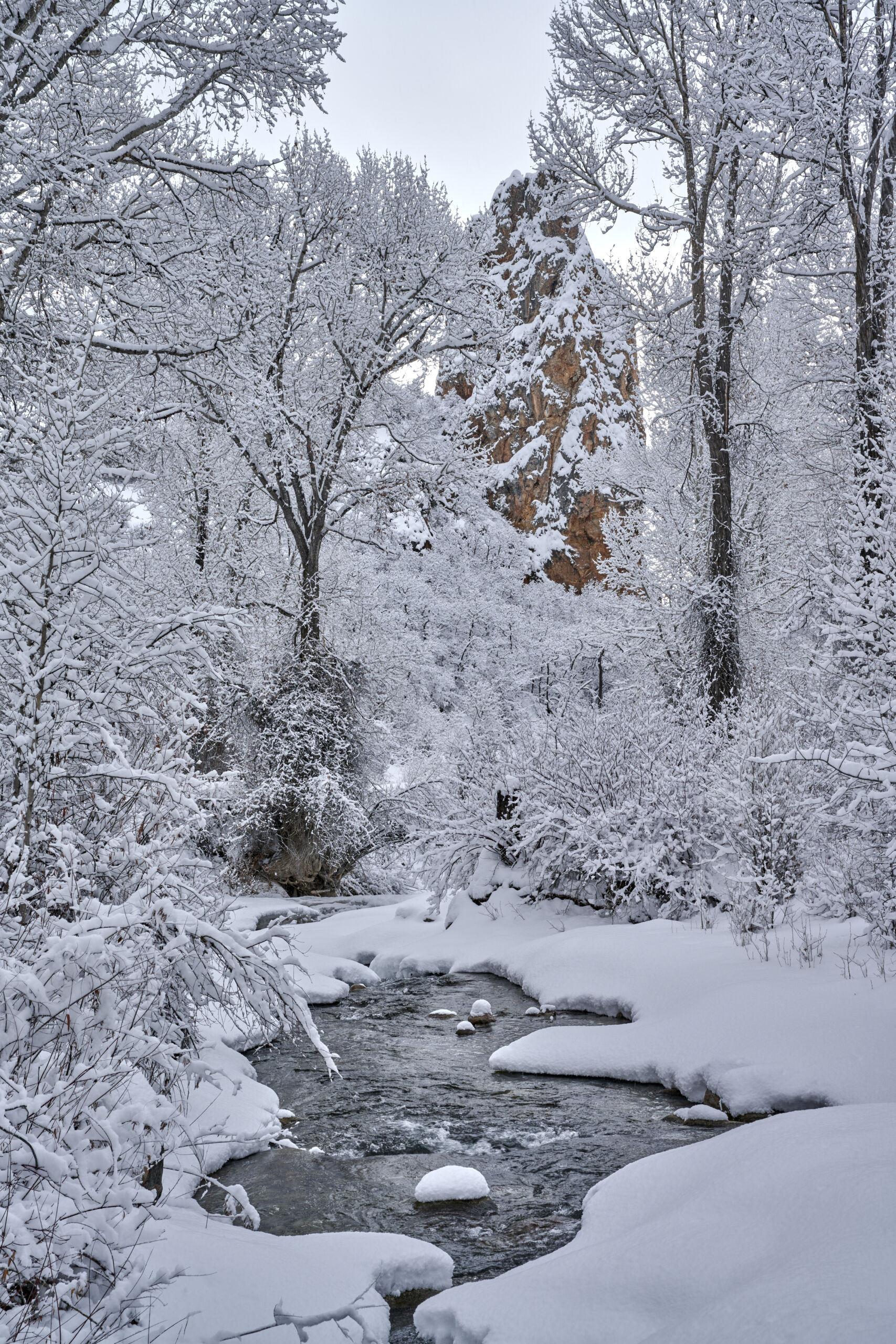Conservation opportunities abound in the Colorado River Valley.
The upper Colorado River watershed includes portions of the White River National Forest and hundreds of thousands of Bureau of Land Management (BLM) wildlands in Routt, Eagle, Pitkin, and Garfield counties. While this area includes many protected public lands, it also has an abundance of potential opportunities (wilderness study areas, special management areas, roadless areas, and more) as well as numerous threats, such as the proposed Berlaimont Estates Development. The public land and waters of the Colorado River Valley are diverse and varied, containing an incredible cross-section of ecosystems and biodiversity. With the local community and our conservation partners, we’re working hard to make sure it stays that way.
Berlaimont Estates
The proposed Berlaimont Estates Access Road would facilitate a developer’s plan to build 19 new mansions on 680 acres in the middle of the White River National Forest (WRNF), north of Edwards. For years, a wide range of advocates have raised concerns that the road would cut through some of the last best winter wildlife habitat in the Eagle Valley, reducing deer and elk populations that are already in dramatic decline. The project flies in the face of deep community opposition (over 4,200 community members signed a petition) and the Biden-Harris Administration’s efforts to tackle the climate crisis.
After the Final Environmental Impact Statement (FEIS) was released in 2020, dozens of engaged community members filed formal objections to the plan and the agency’s analysis. In March 2023, the WRNF released a signed Record of Decision, approving a damaging paved road through sensitive wildlife habitat. 4 days later, Wilderness Workshop and Rocky Mountain Wild filed litigation, which is currently pending.
“Litigation is always a last resort, but the Forest Service’s decision leaves us no other way to stop this misguided proposal to pave wild public lands. Wilderness Workshop is committed to ensuring the community, wildlife, and wild lands have their day in court. This approval not only dismisses the value of these lands for wildlife but also flies in the face of widespread community opposition to this road. Thousands of people have opposed this project in comments, formal objections, and by actively marching in protest.” – Peter Hart, Legal Director at Wilderness Workshop.

Recent News Coverage
“An Alaska law. A Colorado road. A lawsuit argues those two do not belong together.” Colorado Sun, March 17, 2023
“Environmental groups file suit challenging Forest Service approval of road to Berlaimont Estates.” Vail Daily, March 17, 2023
“White River National Forest approves access road to proposed 19-home Berlaimont Estates community above Eagle River Valley.” Colorado Sun, March 10, 2023
“U.S. Forest Service approves Berlaimont Estates access road proposal near Edwards.” Vail Daily, March 10, 2023
Supplemental Environmental Impact Statement (SEIS)
The Supplemental Environmental Impact Statement (SEIS) for the Colorado River Valley and Grand Junction Field Office Resource Management Plans (RMPs) is currently underway; the BLM initiated the public scoping period for this project in June 2022. The SEIS will revisit oil and gas management decisions for nearly 2 million acres of federal minerals in western Colorado and will specifically analyze the climate impacts of leasing and development on public lands.
Wilderness Workshop was instrumental in securing this SEIS process through our litigation on the Colorado River Valley and Grand Junction RMPs (as described here), and we’re glad to see the BLM moving forward with this important planning process to reconsider oil and gas management for our local public lands. Read more about the SEIS in this article from the December 2022 issue of Wild Works.
We anticipate a draft EIS will be released in the summer of 2023; we’ll share information about how you can help us stand up for wild places. If you’re like to learn more about how to get involved, reach out to Advocacy Director Erin Riccio.

Deep Creek in the winter. Photo courtesy Jon Mullen/Ecostock.

